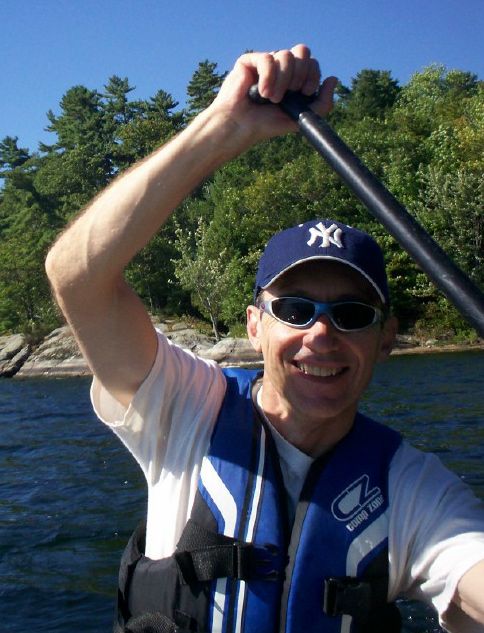Warning message
- Last import of users from Drupal Production environment ran more than 7 days ago. Import users by accessing /admin/config/live-importer/drupal-run
- Last import of nodes from Drupal Production environment ran more than 7 days ago. Import nodes by accessing /admin/config/live-importer/drupal-run
Unpublished Opinions
Retired after a career in the tech sector, Guy Talevi lives in Ottawa, Ontario.
Genocide, Abroad and At Home

When I first heard the term "cultural genocide" in connection with the residential schools system, it seemed inappropriate. But having now gained a better understanding of that tragedy, I think that Canada should do more in response to the TRC than we have accomplished in the three years since its report.
Note: This letter was written on Aug. 27, 2018.
In March of this year, Special Envoy to Myanmar Bob Rae reported “strong signals that crimes against humanity were committed” against the Rohingya Muslims and called for Canada to insist that Myanmar’s military activities conform with international law. This morning, after months of citing evidence of genocide, the UN is estimating that 10,000 Rohingya Muslims have been killed in Myanmar.
Here at home, arguably the most shameful chapter in recent Canadian history involves the residential school system which, condoned by racist and colonialist attitudes of the Canadian mainstream, implemented a policy of cultural assimilation. An estimated 150,000 First Nation, Inuit and Metis children attended residential schools. The system’s legacy continues today, with aboriginal communities plagued by multi-generational PTSD and elevated incidences of depression, substance abuse, violence, incarceration and suicide. In his 2015 Report of the Truth and Reconciliation Commission, Justice Murray Sinclair described the system using the controversial term “cultural genocide”. When asked during Question Period if he accepted the term, Prime Minister Harper declined, answering that it was “a policy of forced assimilation”.
The term “genocide” was first coined in 1943 to describe the mass murder of Ottoman Armenians during World War I. It was later enlisted by the United Nations in their "Convention on the Prevention and Punishment of the Crime of Genocide". Is genocide written into the human DNA? Or can we free future generations from this great evil through increased public awareness of the conditions which lead to it? Foremost among the tools available is the word itself. Using it arrests attention and compels action. But because of its power, the word is called upon to spotlight a steadily growing list of concerns - cultural genocide, linguistic genocide, Pacific genocide (the supposed loss of marine life following the Fukuyama disaster) - none of them involving mass murder.
Perhaps Canada’s moral authority with regard to the Rohingya crisis is weakened when we refer to our own residential schools system as a form of genocide. (A case of “the pot calling the kettle black”). And yet, we do. So we are evidently willing to accept a reduction in our ability to intercede in places like Myanmar, in return for continuing our journey towards reconciliation here at home. In the words of Justice Murray Sinclair, “justice will be about a process in which indigenous people can enjoy the kind of relationship with the people of this place that they are entitled to have”. Today, three years after the report of the Truth and Reconciliation Commission listed 94 Calls to Action, 84 of those measures are incomplete. It appears that the process is moving at a glacial pace and we need every tool at our disposal to keep it from stalling. If the g-word serves to motivate continued action on the 94, we should use it emphatically and frequently.
Addendum - Ten Calls to Action from the TRC that we should have completed by now:
1 - Establish national standards for Aboriginal child apprehension and custody cases
2 - Publish annual reports on education funding and educational and income attainments
3 - Require all medical and nursing students to take a course dealing with Aboriginal health issues
4 - Amend the Criminal Code to allow trial judges to depart from mandatory minimum sentences
5 - Establish a National Council for Reconciliation
6 - Records on the deaths of Aboriginal children in residential schools to go to the National Centre for Truth and Reconciliation
7 - Establish and maintain an online registry of residential school cemeteries
8 - Inform the families of children who died at residential schools of the child’s burial location
9 - Commission and install a Residential Schools National Monument in Ottawa
10 - Ensure that Indigenous Peoples’ territorial protocols are respected by officials and host countries of international sporting events
For an excellent resource describing Canada’s progress on the Calls to Action, check out the CBC website Beyond 94 at https://newsinteractives.cbc.ca/longform-single/beyond-94?&cta=1 .



Comments
Be the first to comment